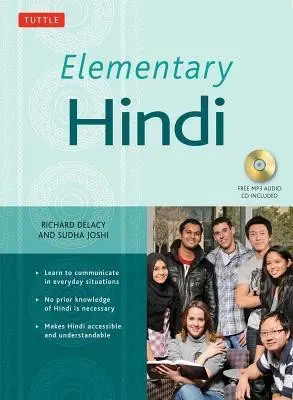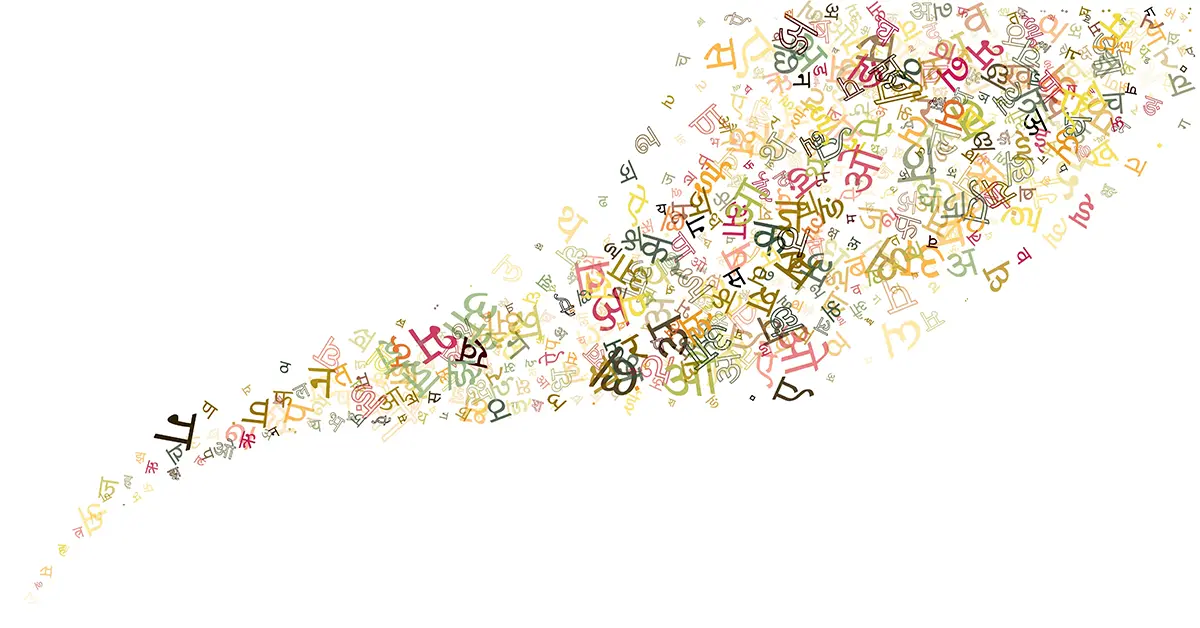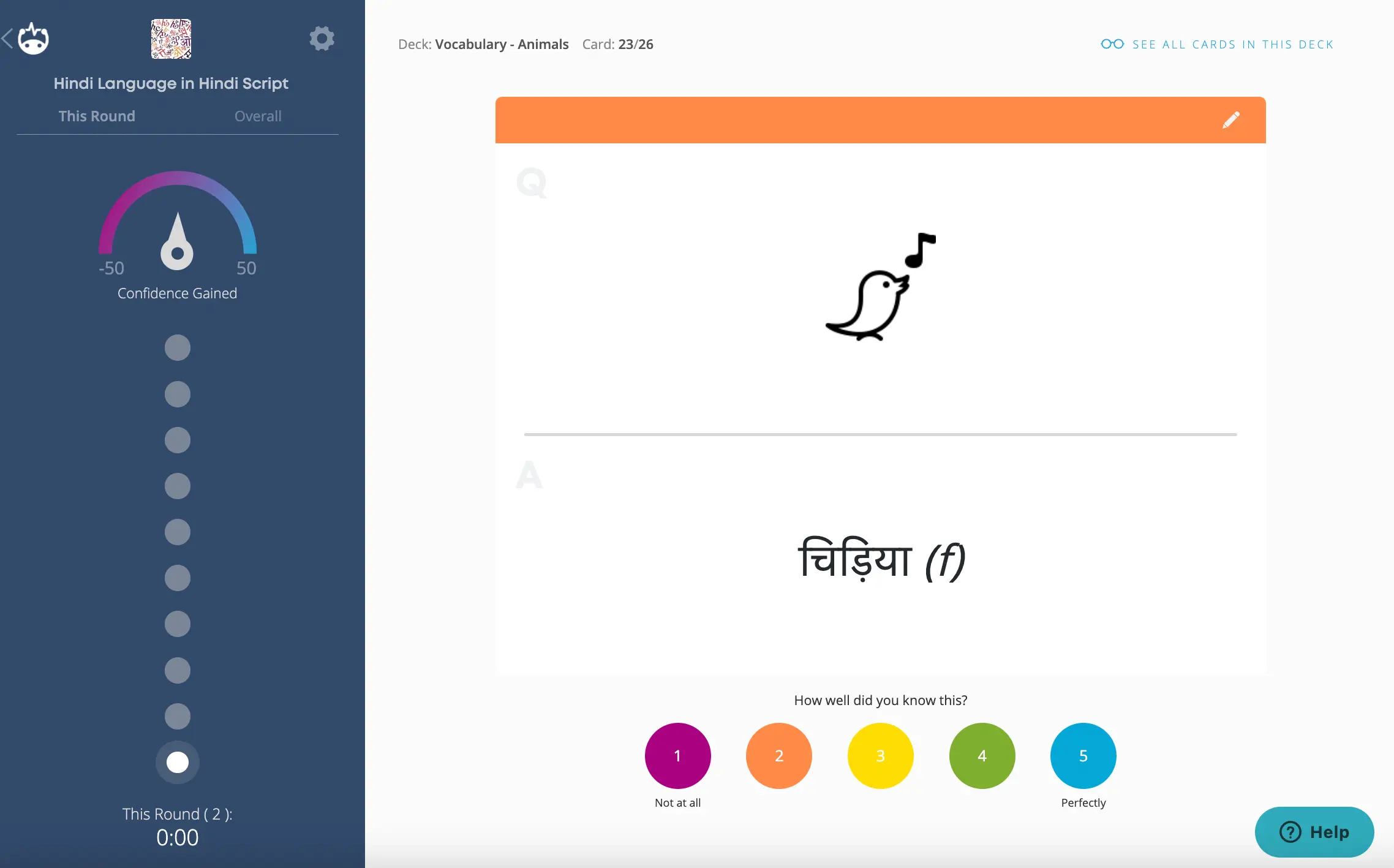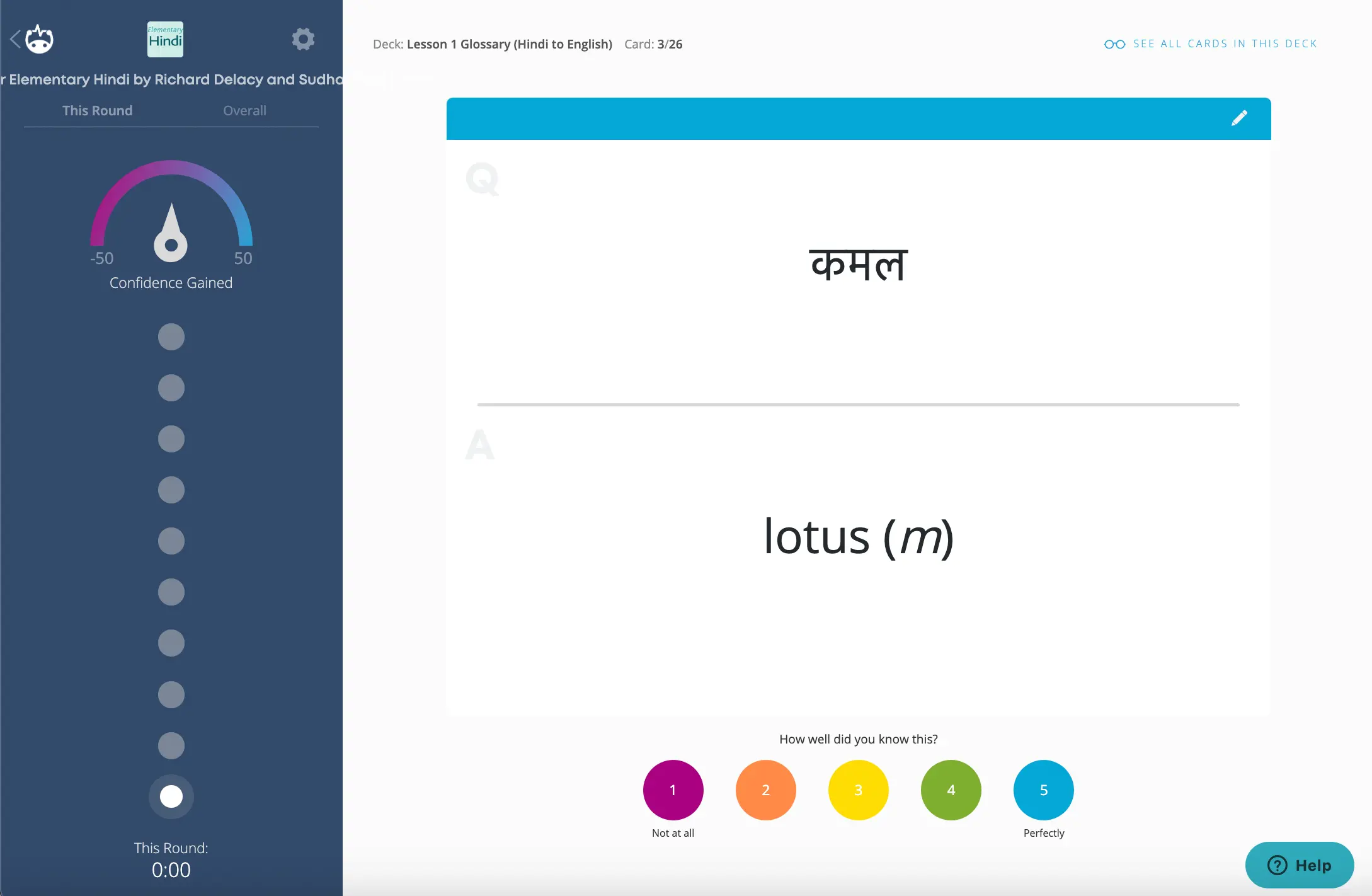Overview
Elementary Hindi
by Richard Delacy and Sudha Joshi
Tuttle (2009)

Pros
- Clarity of explanations
- Amount of practice given
- Relatively useful vocabulary
- Nearly free of errors
- Fairly good audio quality
Cons
- The gradual introduction to the script is "like it or hate it"
- Storyline is considered dry by some
- In the audio, the voice of the character Deepak is challenging to understand at times
Bottom Line
This is a well-written, solid introduction to the Hindi language that works well with academically-oriented students and students with purely conversational goals. Unlike many other Hindi language introductions, Elementary Hindi includes many practice exercises to help students become comfortable with the material.
Description
Elementary Hindi set itself apart from the crowd because it comes with a textbook and an accompanying workbook (i.e., more practice). Following the story of Kavita and Deepak, two Delhi university undergrad students, Elementary Hindi takes you from a complete beginner level to low-intermediate through a total of 24 lessons. As we get to know the characters over time, progressively more complex structures are presented, and the learner becomes responsible for dealing with a more extensive range of vocabulary.
Devanāgarī (the Hindi script) is gradually presented over the first six lessons alongside some basic structures and vocabulary. The vocabulary in these six lessons is cleverly chosen to include only the script characters presented up to that point.
You'll find helpful resources at the back of the textbook. Five appendixes cover such topics as numbers, countries, and family relations. There's also an answer key for the exercises, and there are Hindi-English and English-Hindi glossaries.
The audio CD accompanying the textbook includes 140 MP3 files with recordings of all the textbook's passages and dialogues and all the practice activities in the workbook.
To get the most out of Elementary Hindi as a learner, I would recommend following these steps with the textbook and workbook:
- Spend some time familiarizing yourself with the words in the lesson glossary (found at the end of each lesson in the workbook).
- Study the new structures presented in the textbook (i.e., the grammar explanation sections).
- Referencing the vocabulary (but not looking at the text itself), listen to the target passage or dialogue in the textbook.
- Read the passage or dialogue, then do the follow-up exercises.
- Listen again.
- Work through the lesson activities in the workbook.
- Listen to the workbook conversation twice (once before reading it and once after).
Known Errors
Any error, no matter how small, can cause frustration for learners. Elementary Hindi is almost free from mistakes, but I have noticed the following:
- On page 12 of the workbook (Activity 3.4), the names कविता and दीपक should be switched on the final two lines of the conversation.
- In the audio recording (MP3 number 58) for the lesson 12 dialogue in the textbook on page 99, the final line of the recording is cut off. Kavita doesn't fully pronounce the final word, "मिलते."





